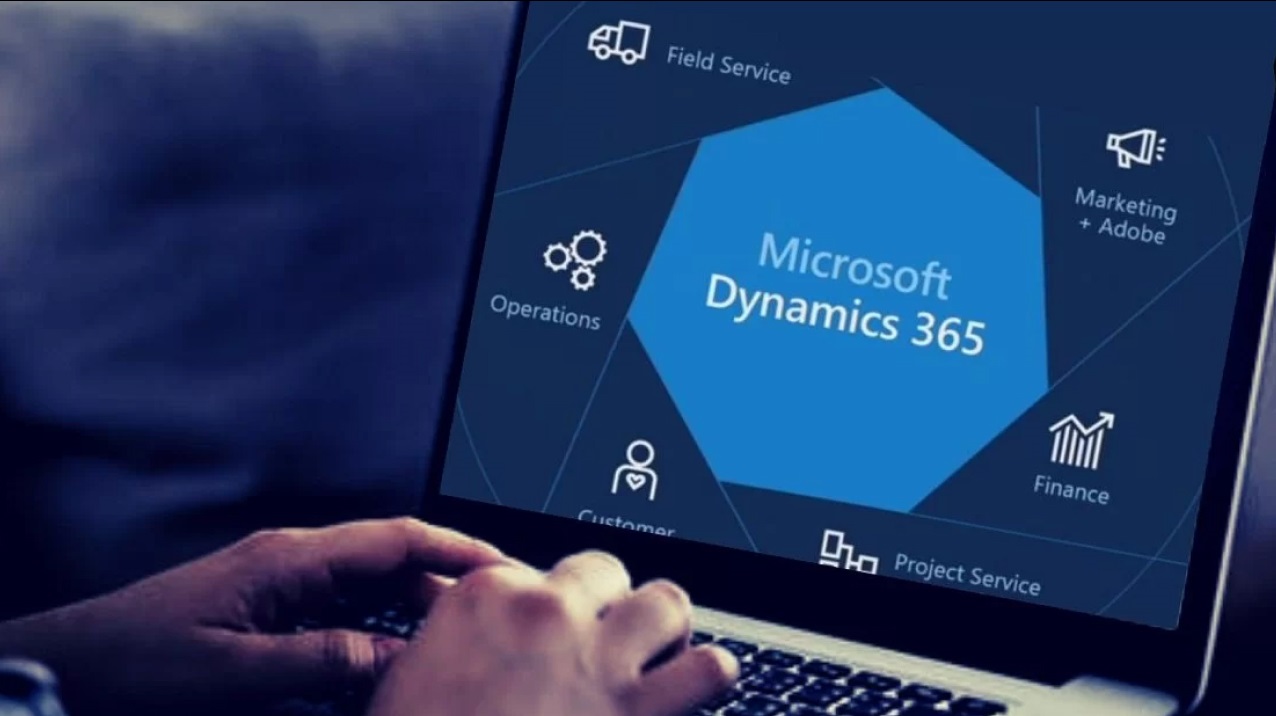With life being unpredictable these days, schools and universities try to stay ahead with their education. They develop e learning platform that would be connecting teachers and students digitally. Companies also use digital resources to train their employees remotely.
According to Forbes magazine, the market of virtual learning will reach a revenue of $325 billion by 2025. No wonder plenty of educational startups rise here and there, and many of them come up with unique features and capabilities.
So, how to create an e-learning platform that will succeed?
Reasons for Building an E-Learning Platform
Whether you are a content creator, a teacher, or a student, virtual education brings transformation for everybody. Here are some significant reasons to create a digital platform for studies:
-
Flexibility – You are not limited to a specific place when doing an online course or listening to a webinar. As long as you are connected to a speedy network, you can expand your knowledge and skills in any location. This gives you a great opportunity to combine your real job and studies
-
Productivity – According to a Brandon-Hall Study, you dedicate 40%-60% less time to e-learning than conventional one. And this difference pertains to the same material. Saving time shouldn’t compromise learning quality though.
-
Accessibility – You don’t have to stick to the schedule as there is an opportunity to study at your speed. It is hard to miss something. Even if you do, go back to previous materials whenever you have time.
-
Unlimited research – You can learn at your own pace without skipping significant details. Digital education makes it possible to do research and accumulate much more information than conventional courses.
-
High engagement – Staying involved in studies is not an easy thing. However, retention rates for e-learningare estimated at 25%-60% compared to 8%-10% for conventional ones.
These are some benefits of e-learning platform development and related needs. They must be enough to raise the interest of companies and educators.
Types of Virtual Learning Platforms to Choose from
You can’t create an online program without preparation. Thus, you need to decide on the preferable type.
Learning management systems (LMS)
The software with basic functionality is suitable for developing, conducting, and hosting digital courses. Using these systems, you can organize the available courses, evaluate the student’s learning progress, keep track of their participation, and more.
Such platforms allow students and educators to learn remotely. Participants join a virtual classroom using video a call or an online chat. For example, Google Meetings and Zoom are common options for remote interactions.
Learning experience platforms (LXP)
The software delivers a personalized learning experience that helps students explore new educational opportunities. It contains materials from different sources and recommends them to users with the help of Artificial Intelligence (AI). This supports them while creating unique learning products.
Massive open online courses (MOOCs)
Courses with open access are meant for all users and come with no charges. They provide various learning materials, which often don’t differ from those used in traditional education settings (videos, lectures, etc.). Additionally, many MOOCs deliver interactive courses with access to online forums and social media groups to engage learners and educators in active community interactions.
Custom platforms
If you have a project that doesn’t fit any of the types mentioned above, you end up with a custom solution. EXB Soft can build e learning websites or any other kind of web content in accordance with your business needs and expectations. They will focus on your business peculiarities, corporate structure, and target audience. That will allow you to create a solution that will be of value to your clients.
Essential Features of the e-Learning Platform
Whatever type of resource you choose, you should design it properly. Let’s take a quick look at the primary features.
Registration & profile settings
Users need to undergo a registration process that involves authentication via email or phone number and password. In some cases, signing in via social media like Facebook is also a common option. Once it’s done, the learner’s account should contain a profile picture, a list of courses (active and completed), credit info, purchase history, etc.
Search filters
If the catalogue of courses or educational materials is too big, users need a tool to search through them. These can be filters (by price, language, topic, etc.), fields of study (IT, marketing, etc.), or search bars with space for entering keywords.
Course page
You should add videos, podcasts, recordings, and other materials. Feel free to integrate gamification elements to keep students engaged. Make sure to provide a clear description, creators’ names, and a list of topics for every piece of content. Set up the reviews section if you dare.
Payment methods
Paid materials require a cashier section. This is where you make a payment using one of the available methods. These can be debit and credit cards, e-Wallets, wire transfers, and even crypto. The main thing is to provide reliable options only.
Dashboard
Users should be able to track their progress whenever they need. Ideally, elearning platform design contains a dashboard with the specified list of courses, their status, the number of hours and credits, etc. In some cases, teachers might have access to the interface to enter the updated details.
Course developing and editing section
You need to use reliable course-building tools intended for educational institutions and educators. These should make the creative process easier when it comes to a course structure, exercises, links to external resources etc.
Notifications and newsletters
Even after the course completion, it is good to keep in touch with users. You may inform them about upcoming events, new materials, and other news related to your platform. It is good to send a weekly, monthly, or annual newsletter to keep users informed about eh recent updates on your platform.
Admit panel
Once the content is ready, you surely need to keep it under control. You can find an administrator to manage your resource by editing and deleting materials, checking statistics reports, sending newsletter emails and other significant functions. Whether you don’t have much information to manage or you simply don’t want to spend extra money on employees, you can perform as an administrator yourself.
Visual Design
You need to make your platform visually appealing to the audience. This usually means creating a user-friendly interface and an easily-navigatable homepage. Colors, typography, graphics, images, and video and sound effects all need to be wrapped up into coherent content. Your platform can also be accessible in several foreign languages. So your design solutions may have a direct impact on the user’s decision to stay with you or not. This is why design is as important as the product you bring to the public.
e-Learning Platform Development: Primary Steps to Take
The procedure of creating an educational platform takes certain creativity. Moreover, it takes some time to complete the following steps.
Make your idea as clear as possible
Simple to any other business initiative, you need to have a clear understanding of what you cover in your course or whatever content you have. The main idea is to make it useful to the public. By referring to various reports, you can proceed with a market analysis. This will help you to figure out the products on demand and make them even more efficient and inexpensive. If you are stuck at this point, you should debate the common problems in virtual learning to be able to offer a reasonable solution. As a result, you will better identify your main audience and how they might react to your offering.
Explore your niche
Now that you have a particular problem to deal with, you need to find a niche that resonates with it well. By analyzing your idea, you will get a clear understanding of your niche. You can focus on widespread categories such as business, psychology, finances, technology, sports, etc. You can take assistance from your learner's background. Identifying your target audience by their age, gender, and education will give you some food for thought during the platform's evolution.
Pick a business model
Now that you get closer to the development of e-learning platform, you must find the most appropriate business model. Here are the options to consider:
-
Registration-based - Users purchase a short- or long-term subscription that provides total access to the website content. It works for courses, webinars, staff training sessions, and other stuff.
-
Affiliate program - You can integrate affiliate links into the courses as part of the marketing program. You will be able to earn money each time users click those links. At this point, you should be careful to add only reliable resources for the sake of your own reputation.
-
Real money certificates - You can provide the so-called diploma to the users after the course completion. It literally proves that the users met a minimum certification value. So it can be attached to the resume to demonstrate your knowledge and/or skill.
-
Business partnership - You work with corporate parties to facilitate customized courses at an adequate price rate.
-
Course for money - You can provide educational content for real money. And when the students purchase it, the money goes to the educator and the website holder.
Decide on the development strategy
You should proceed with planning, creating platform architecture, specifying the necessary technology. This is where you will rely on the critical features for a student, teacher, and admin profile. At this point, you build an MVP (Minimum Viable Product) with the fundamental features to validate your idea with real users. You will need experienced developers help, so you can hire one in-house, go for freelancers, or hire a dedicated team of developers from an elearning development company. Either way, we prepared a helpful guide on the software engineer skills you need to look for.
Student
-
Search can be done with keywords, which take users straight to the topic or the course they are looking for.
-
Filters sort out the entire content based on the topic, cost, start date, etc.
-
Recommendations generate the relevant courses based on the user's needs or the courses that have already been taken by the individual.
-
Online banking should be represented with various payment methods, which would enable easy and safe purchases. Each profile should contain essentials about the individual’s purchase history.
Teacher
-
Dashboard is the basic feature for educators to follow the course in terms of attendance, students’ credits, retention rates, etc.
-
Formation and update of courses need clear instructions to modify and edit their courses whenever required.
Admin
Some basic properties include integrating, updating, and removing the course, statistic reports, and notifications. You should be able to send notifications about new courses, events, general updates, etc. If there are any technical issues, you should be the first one to notice and fix them.
Promote and check the user’s reaction
Are you done with the e-learning platform? Then, it is time to promote it to the target audience. If you are new to this business segment, it must be hard to acquire the first customer. But the right marketing campaign on the Internet, on social media, or directly at educational institutions can make things more effective.
You should keep track of the customers’ reactions to your product. If there are some critical suggestions, yo or total dissatisfaction, you have time to fix it. You will eventually make your product customized to the market needs and demands.
Engage with users
You should set a connection with your target audience if you expect long-term cooperation. Feel free to engage with your users about their experience on the platform. Provide instructions or guidelines for using the program and performing specific tasks. That will create more trusted relationships with users and guarantee positive reviews in the end.
Ready to Build an Online Education Platform?
Our modern world is changing at a fast pace, and online education is no longer a rare opportunity. More or more individuals refer to e-learning resources to expand their knowledge and skills. Just like that, they can learn a language, join a significant webinar, or become a specialist in many fields.
Now it might be your turn to contribute to the world of i-learning. Create an online education platform that will help hundreds of individuals to grow both personally and professionally. By following the above guidelines, you can organize user-friendly and engaging products for children and adults of different backgrounds.
At whatever stage you are with your e-learning website development, please feel free to contact EXB Soft if you need a consultation or assistance. We will be happy to help!
F.A.Q
Building an e-learning platform offers numerous benefits, including flexibility in learning from any location, increased productivity, accessibility to materials at any time, unlimited research opportunities, and high engagement rates. These advantages cater to content creators, teachers, and students alike, transforming the education experience for all.
There are several types of e-learning platforms to choose from: Learning Management Systems (LMS) for developing and hosting courses, Learning Experience Platforms (LXP) for personalized learning experiences, Massive Open Online Courses (MOOCs) for open access education, and custom platforms tailored to specific business needs and target audiences.
Essential features of an e-learning platform include registration and profile settings, search filters, course pages, payment methods, dashboards, course development and editing sections, notifications and newsletters, admin panels, and visually appealing design. These features ensure a user-friendly and engaging learning experience.
The primary steps in e-learning platform development include clarifying your idea, exploring your niche, picking a business model, deciding on a development strategy, creating student, teacher, and admin profiles, promoting the platform, checking user reactions, and engaging with users. These steps ensure a comprehensive and user-centric approach.
To decide on the development strategy, plan your approach, create platform architecture, specify the necessary technology, and build an MVP (Minimum Viable Product) with fundamental features. You will need experienced developers, which can be hired in-house, as freelancers, or through a dedicated development team from an e-learning development company.
Business models for e-learning platforms include registration-based subscriptions, affiliate programs, real money certificates, business partnerships, and direct course sales. Each model offers different monetization opportunities and should be chosen based on the target audience and platform objectives.
To effectively promote and engage users, launch a targeted marketing campaign, track customer reactions, and make necessary adjustments based on feedback. Engage with users through instructions, guidelines, and direct communication to build trusted relationships and ensure positive reviews.



